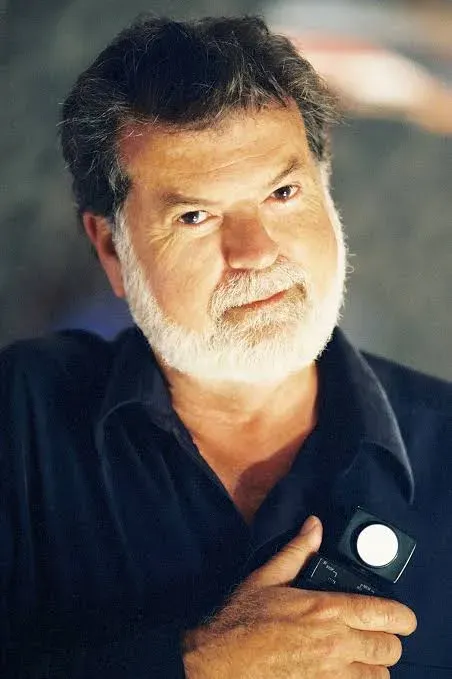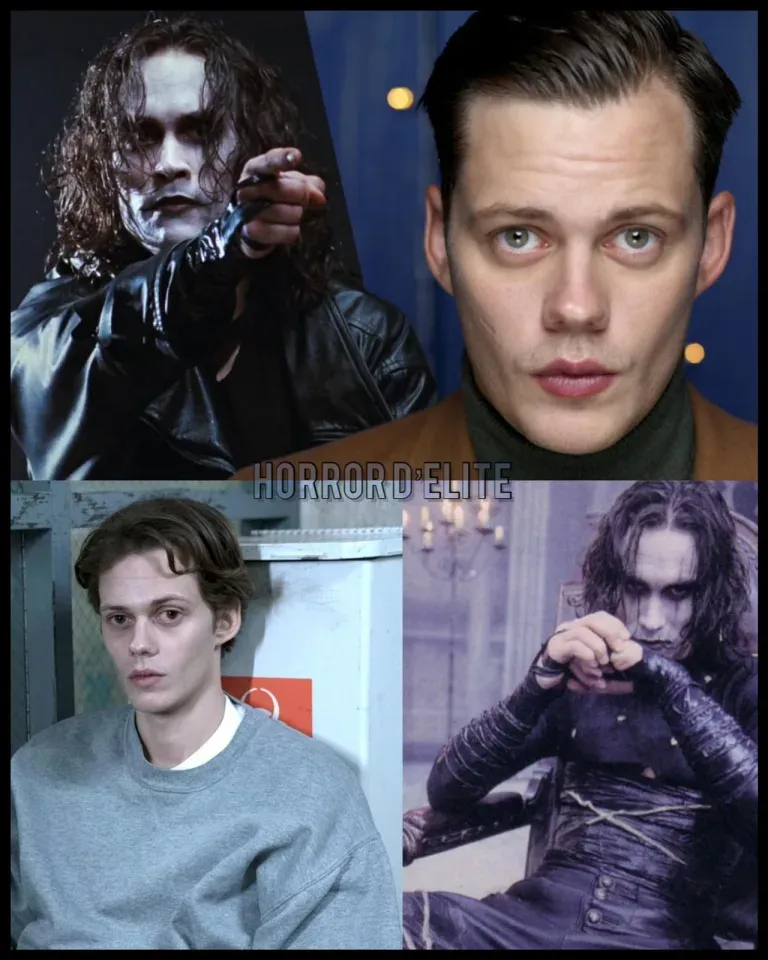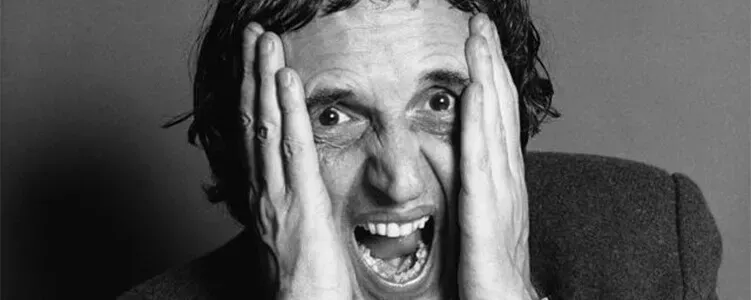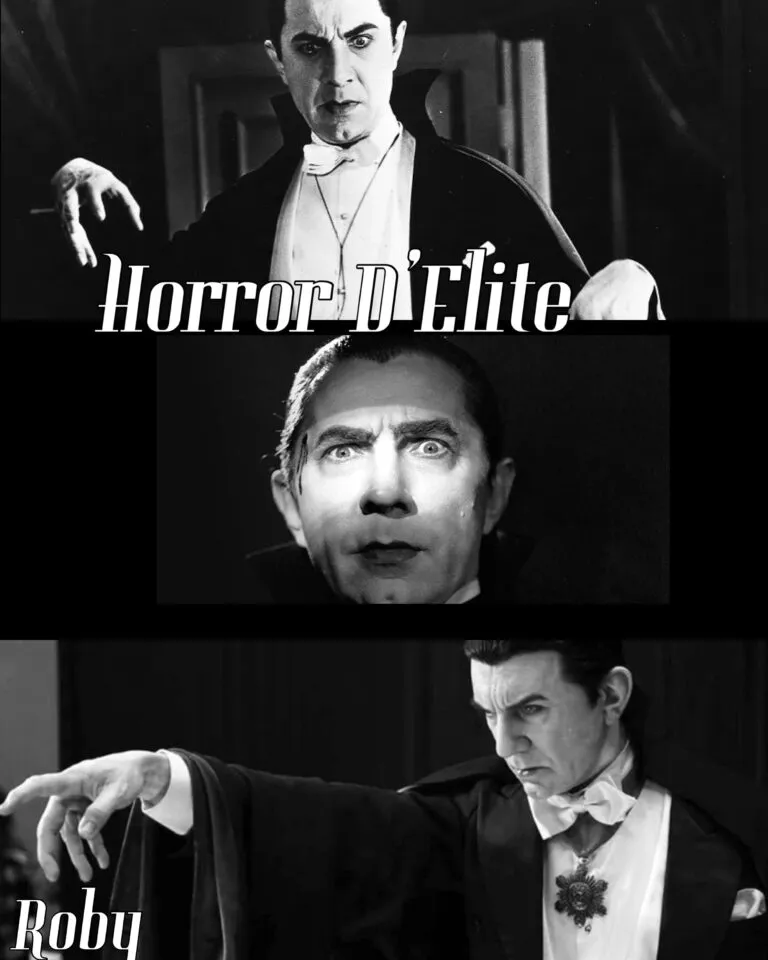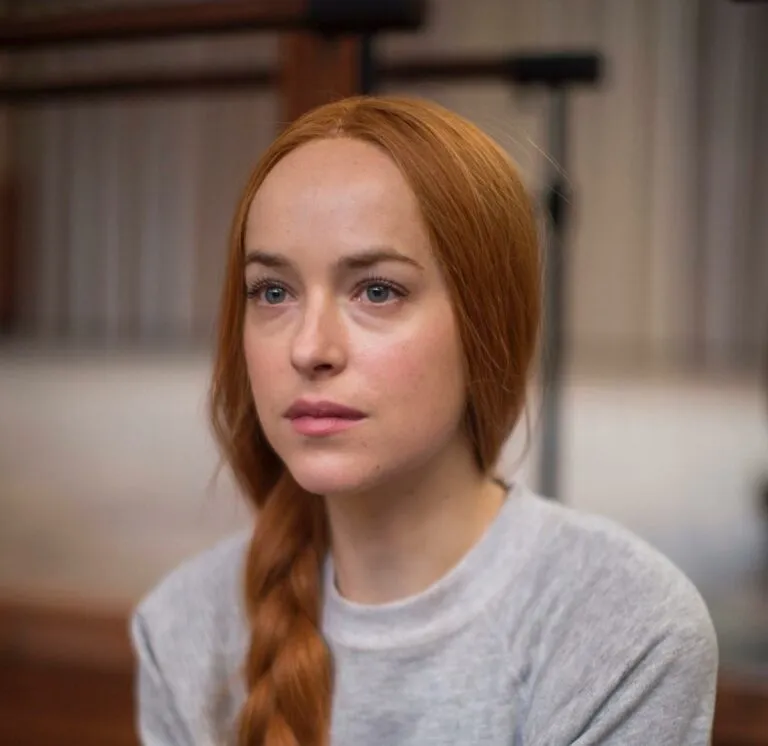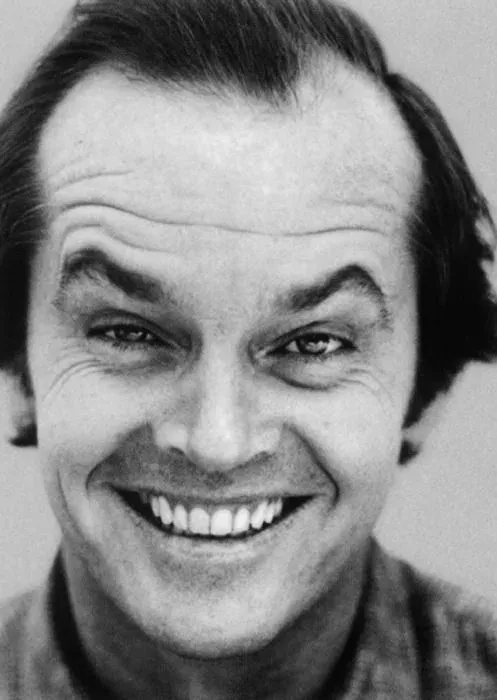Dean Cundey – A True Master of Cinema
Dean Cundey – A True Master of Cinema
Dean Cundey is one of the most respected and influential cinematographers in cinema history, known for his work on some of the most iconic films of recent decades. His career, which spans over forty years, is marked by collaborations with legendary directors and his ability to adapt to a wide range of genres, from horror to science fiction, as well as adventure and comedy.
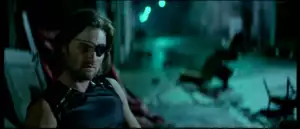
The Origins and Career Beginnings
Born on March 12, 1946, in Alhambra, California, Cundey showed a keen interest in photography and cinema from a young age. After graduating from the UCLA Film School, he began his career in the 1970s, primarily working on low-budget productions. However, it didn’t take long for his talent to bring him into collaboration with some of the most promising directors of the era.
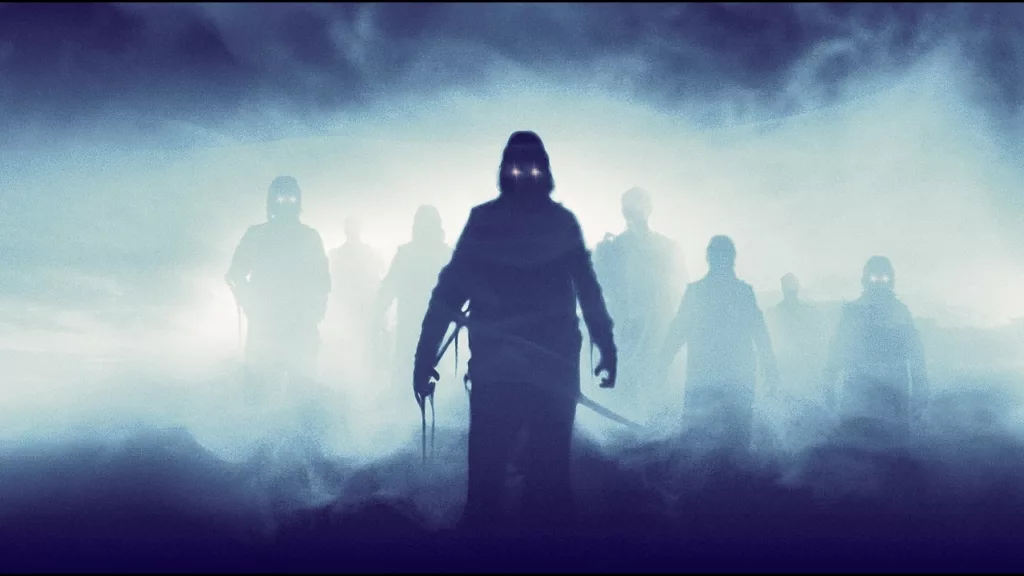
Iconic Collaborations
One of Cundey’s first major successes was his work with John Carpenter, a master of horror cinema. Together with Carpenter, Cundey helped create some of the genre’s most famous films. **”Halloween” (1978)**, considered a horror masterpiece, is a perfect example of his ability to use light and shadow to create suspense and tension. The opening sequence of *Halloween*, shot in a single continuous take, has become an iconic moment in film history, largely thanks to Cundey’s craftsmanship.
The collaboration between Cundey and Carpenter continued with films like “The Fog” (1980), “Escape from New York” (1981), and “The Thing” (1982), the latter considered one of the best science fiction and horror films of all time. In The Thing, Cundey demonstrated an extraordinary ability to create a claustrophobic and eerie atmosphere, using cold lighting and deep shadows to heighten the sense of isolation and paranoia.
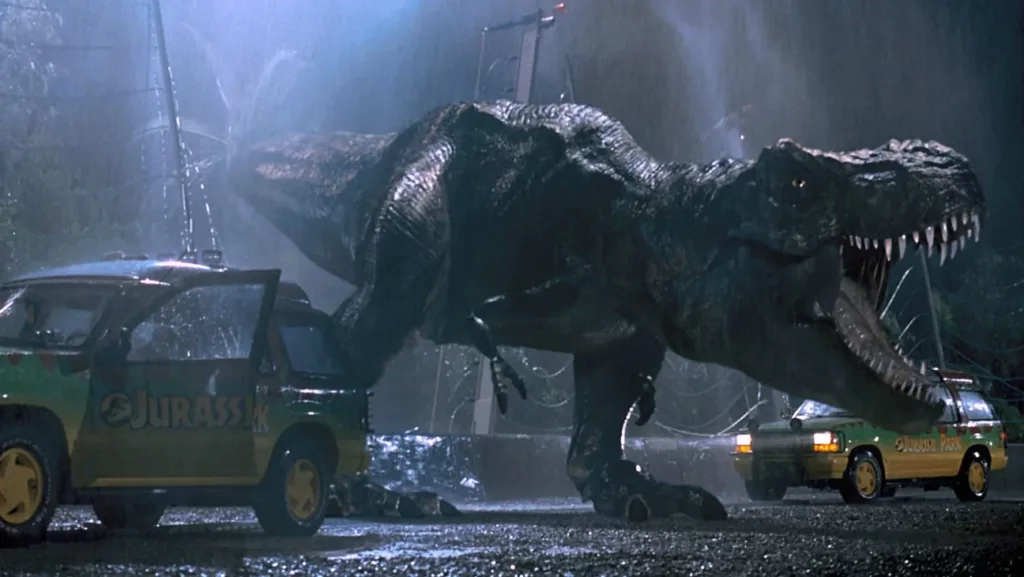
Work with Steven Spielberg and Robert Zemeckis
After his success with Carpenter, Cundey went on to work with some of Hollywood’s biggest names. One of his most famous contributions was as the cinematographer for Robert Zemeckis’s **”Back to the Future”** trilogy. His work in these films helped define the visual tone of the series, combining creative lighting with cutting-edge special effects for the time.
Another key collaboration in Cundey’s career was with Steven Spielberg. He worked as the cinematographer on “Jurassic Park” (1993), one of the most groundbreaking films in terms of special effects. Cundey skillfully balanced the use of animatronics and CGI, creating a visually believable and immersive world. The iconic dinosaur scenes, such as the T-Rex attack in the rain, remain etched in viewers’ minds, thanks in part to Cundey’s visual mastery.

Other Significant Projects
In addition to his collaborations with Carpenter, Zemeckis, and Spielberg, Cundey has worked on a wide variety of films, showcasing his versatility as a cinematographer. He collaborated with directors like Ivan Reitman on **”Ghostbusters” (1984)**, creating a perfect mix of comic and supernatural elements, and with Robert Zemeckis on **”Who Framed Roger Rabbit” (1988)**, a film that required incredible attention to detail to integrate animated and live-action characters.
Legacy and Influence
Dean Cundey has left an indelible mark on the world of cinema. His innovative approach to cinematography has influenced generations of filmmakers, and his work continues to be studied and admired by professionals and enthusiasts alike. His ability to adapt to different genres and work with some of the greatest directors of his time has made him one of the most respected cinematographers of his generation.
Cundey’s contribution to cinema goes beyond technical expertise; he is a visual storyteller, able to use light, color, and framing to tell a story in a powerful and engaging way. While some of the films he has worked on have become timeless classics, the true testament to his talent is his ability to make his work seem invisible, allowing the story to take center stage.
Conclusion
Dean Cundey is a true master of cinema, whose career has helped define the aesthetic of some of the most beloved films of all time. With his sharp eye for detail and ability to turn a screenplay into an immersive visual reality, Cundey has elevated the art of cinematography to new levels. His influence continues to be felt, and his work will remain a milestone in cinema history for generations to come.
Don’t miss reading articles about other cinematographers who defined horror cinema… they not only improved the films they worked on but also elevated the horror genre to new artistic heights. Their unique visions and innovative techniques continue to influence horror cinema, making these films unforgettable milestones in the cinematic landscape.
Subscribe to our YouTube channel

